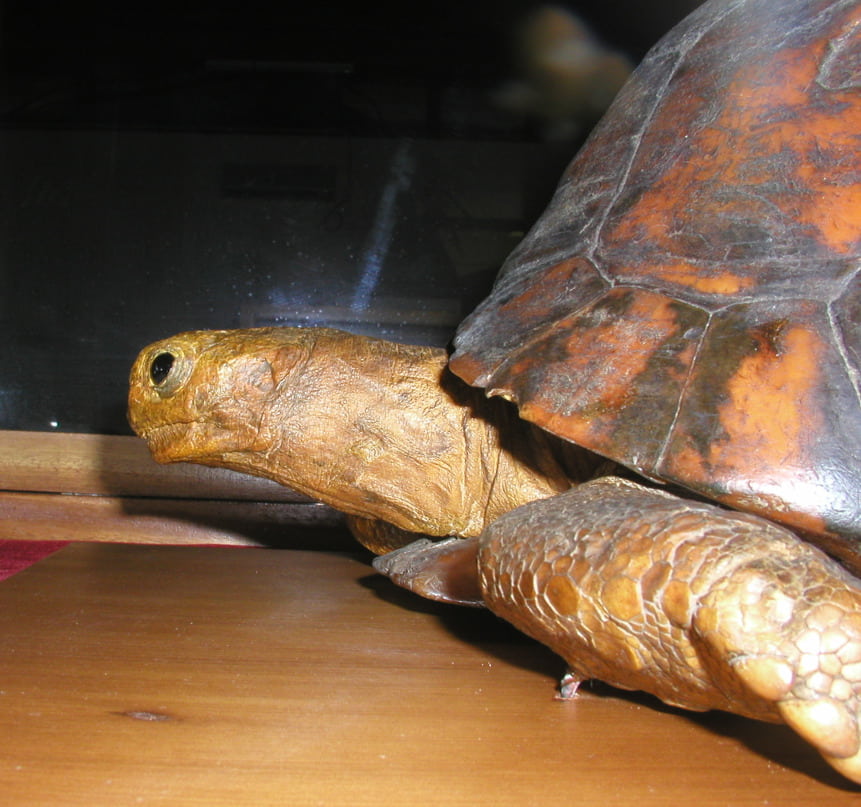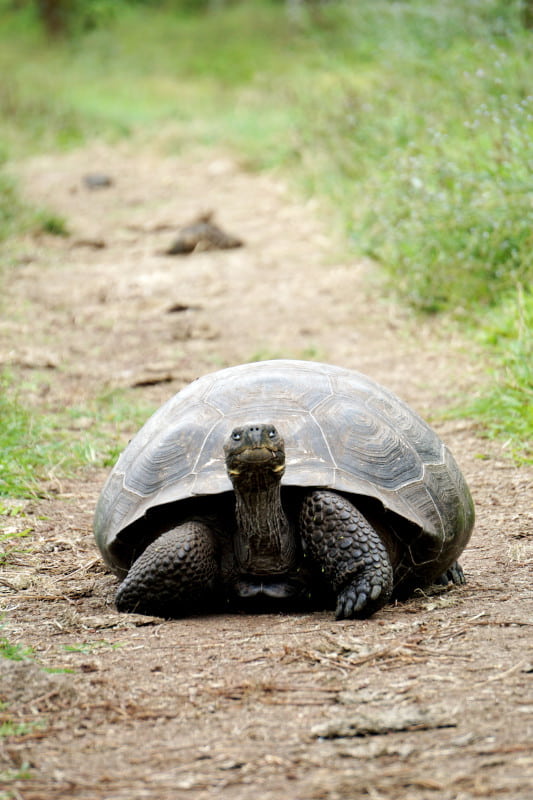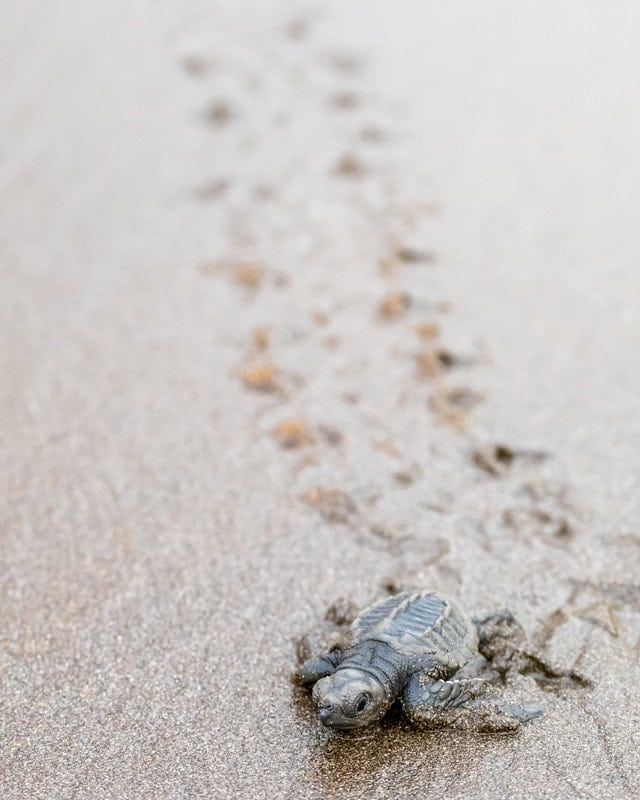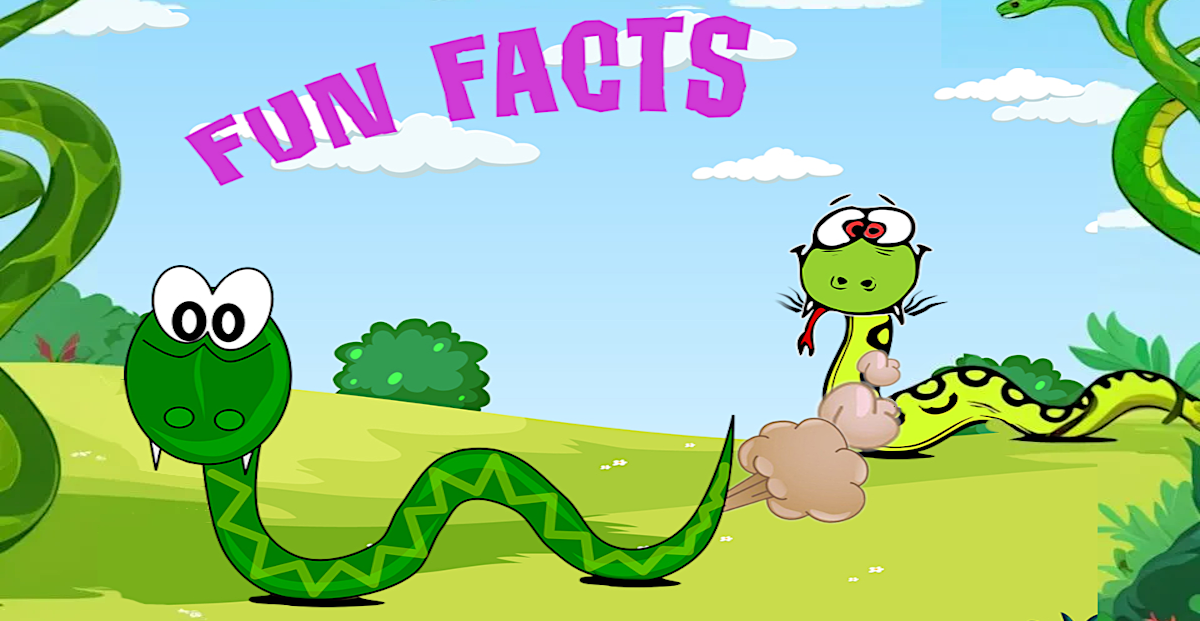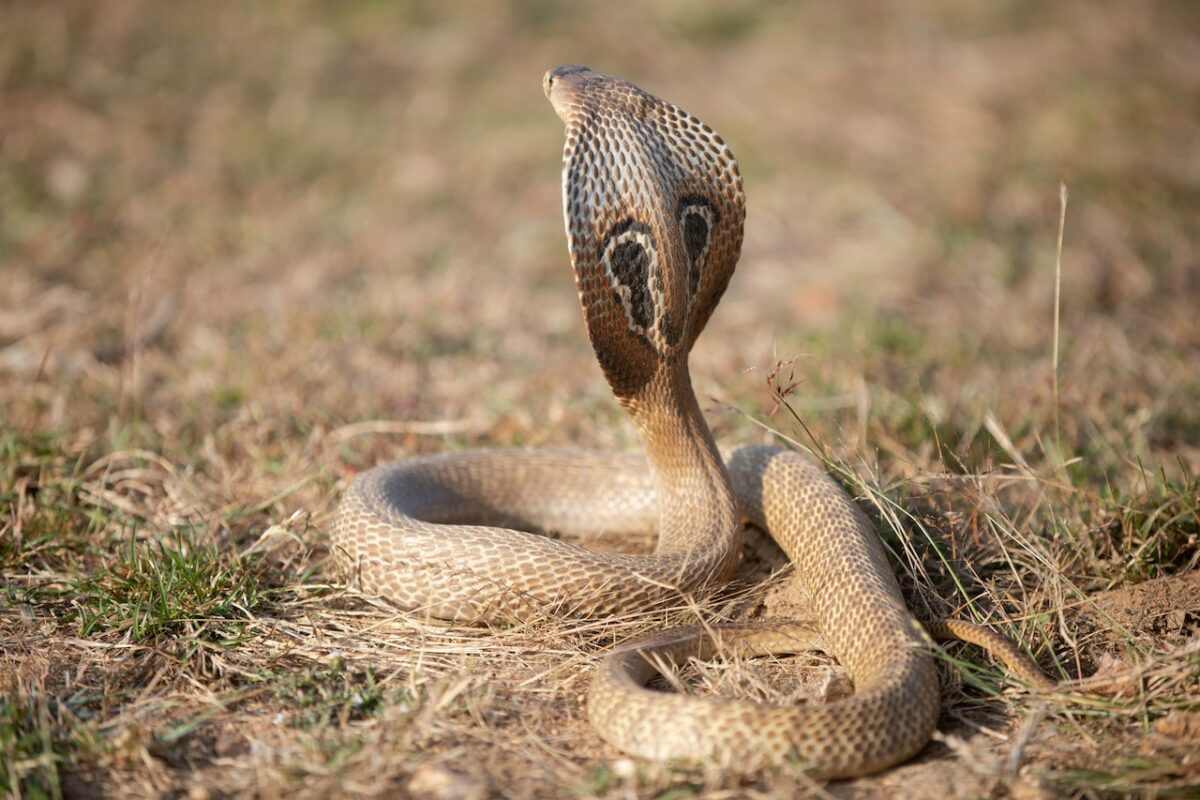We at ECONLUX are totally crazy about turtles😍🐢, that’s why we’ve put together these ten awesome turtle facts for World Turtle Day!
These amazing creatures come in all shapes and sizes and live in many different habitats. They all belong to a group of reptiles called Testudines, which includes both land turtles and aquatic and swamp turtles. The order Testudines is divided into two groups: head-retracting turtles and head-turning turtles. The former retract their heads backward into their shells, while the latter bend their heads sideways to fit them into the protective shell.
From the huge, slow-moving land turtles and the bitey swamp turtles basking in their freshwater lagoons, to the gentle movements of a sea turtle gliding through our oceans – read here our ten amazing turtle facts!
➀ Turtles are one of the oldest reptile groups in the world – they even surpass snakes, crocodiles, and alligators in their evolutionary age!
These creatures date back to the time of the dinosaurs, around 250 million years ago – wow! The first to appear were the land turtles. Aquatic turtles evolved from land turtles that made the shift to water.
➁ Turtles are easily recognized by their bony, cartilaginous shell. This highly durable covering acts like a shield, protecting them from predators – many turtles can even pull their heads into their shells for extra protection!
➂ Just like your bones, a turtle’s shell is part of its skeleton. It is made up of over 50 bones, including the turtle’s ribcage and spine.
➃ Contrary to popular belief, a turtle cannot outgrow its shell. Instead, the turtle’s shell grows along with it. So, it’s impossible for the turtle to become too large for its shell!
These cold-blooded creatures have an incredibly long lifespan. Adwaita, a male Aldabra giant tortoise, died in 2006 and is believed to have been around 256 years old, making it the oldest animal known to have lived in captivity. Not quite as old was Tu’i Malila, who was reportedly gifted to the royal family of Tonga by James Cook. She passed away in 1965 at the impressive age of 188 years! The oldest living reptile today is also a tortoise: Jonathan, who lives on Saint Helena.
➅ What a turtle eats depends on the environment it lives in. Land-dwelling turtles eat beetles, fruits, and grass, while aquatic turtles will consume anything that comes their way: from algae and squid 🐙 to jellyfish.
Some turtles are strictly carnivores, others are purely herbivores, and some are omnivores. Many baby turtles start their lives as carnivores but gradually eat more plants as they grow older.
The alligator snapping turtle (Macrochelys temminckii) has one of the strongest bite forces in the animal kingdom: it can exert 10,000 newtons per square centimeter – for comparison, a human can manage just 400 newtons. Only the great white shark (18,000 newtons) and the saltwater crocodile (16,000 newtons) have a stronger bite force.
➇ The size differences between species are also enormous. Some turtles grow to only around 10-50 cm in length, while other species, like the giant tortoises, can reach shell lengths of up to 1 meter – and the largest turtles, the leatherback sea turtles, can even grow shells up to 2.5 meters long!
⑨ Turtles breathe air and are classified as “amniotes.” This means their embryos develop in an amniotic sac. As a result, even species that typically live in water lay their eggs on land.
➉ Although they breathe air, some species of aquatic turtles from regions with cold winters hibernate by going into a state of dormancy at the bottom of their ponds – even if the pond forms an ice layer! During this process, their entire metabolism slows down to a minimum in a complex way. As a result, their oxygen needs are drastically reduced during this cold hibernation.
⑪ Sadly, many turtle species are endangered! 😥 According to the “Turtles of the World” atlas, 171 out of the 357 turtle species living on Earth today are either vulnerable, endangered, or critically endangered. The threats include habitat loss, poaching, and the illegal pet trade.
Recently, however, there was a small piece of good news – as the global COVID-19 pandemic provided, at least temporarily, some relief for certain aquatic turtles.
Due to the reduced tourism during this time, disturbances on the beaches decreased: fewer visitors, less light and noise from traffic and restaurants led to more turtles coming ashore to lay their eggs!
This resulted in not only more turtle nests being laid in certain parts of the world but also a higher success rate for the nests. Let’s hope this can be turned into a lasting trend!
What amazing traits and facts do you know about turtles? Share your knowledge with us and feel free to leave it in the comments. 🤓

Profile picture: Ray Hennessy via Unsplash.



